Damp-proofing treatment is a crucial aspect of maintaining the integrity of buildings and ensuring the well-being of occupants. It involves the application of various methods to prevent moisture and water from seeping into the structure, which can lead to a host of issues such as mold growth, decay of building materials, and compromised indoor air quality.
In this comprehensive guide, we will explore the significance of damp proofing treatment, the different types of treatments available, the steps involved in the process, and the indicators that signal the need for damp proofing. We will delve into the benefits of implementing damp proofing measures, including the prevention of structural damage, improvement of indoor air quality, and the enhancement of property value.
Whether you are a homeowner, property manager, or building professional, understanding damp proofing treatment is essential for safeguarding the longevity and habitability of any structure.
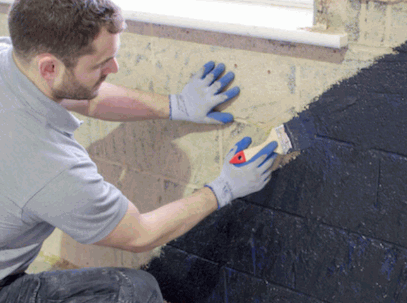
What Is Damp Proofing Treatment?
Dampproofing treatment involves the application of various methods and products to prevent the penetration of moisture into building materials, thus safeguarding the structural integrity of the construction.
This maintenance process is crucial for long-term building protection, as excessive moisture can lead to structural decay, mold growth, and damage to interior finishes.
Common damp-proofing methods include:
- The use of specialized coatings
- Membranes
- Water-resistant barriers to create an effective moisture control system
Waterproofing foundations, walls, and basements also play a significant role in mitigating potential water ingress and preserving the building's overall durability.
By implementing these measures, property owners can maintain a safe, comfortable, and sustainable living or working environment.
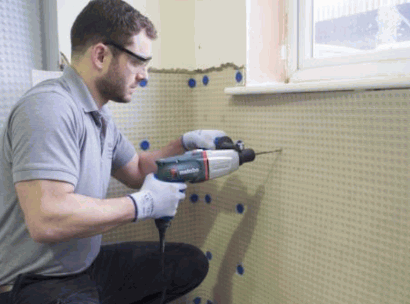
Why Is Damp Proofing Treatment Necessary?
Damp-proofing treatment is essential to mitigate the potential damages caused by moisture intrusion, ensuring effective moisture control and preserving the building's structural integrity and longevity.
It plays a pivotal role in safeguarding interior spaces from the harmful effects of dampness, such as mold growth, decay of wood, and degradation of plaster and paint. Damp-proofing treatment helps maintain a healthy indoor environment by preventing the accumulation of moisture, which is crucial for the well-being of occupants and the longevity of the building.
By addressing and preventing these issues, damp-proofing treatment contributes to the overall durability and resilience of the structure, ultimately saving on potential repair and maintenance costs in the long run.
What Are The Causes Of Dampness In Buildings?
Dampness in buildings can be caused by various factors such as inadequate dampness prevention measures, lack of building maintenance, construction industry practices, and water damage from external sources.
Inadequate dampness prevention measures, such as improper waterproofing of basements or lack of moisture barriers during construction, can contribute to the accumulation of dampness within buildings. Inadequate maintenance practices, such as neglecting repairs to leaking roofs or plumbing issues, can exacerbate dampness problems. External factors like heavy rainfall, flooding, or poor drainage systems can lead to water seepage and resultant dampness in buildings.
Check out: How To Damp Proof A Wall
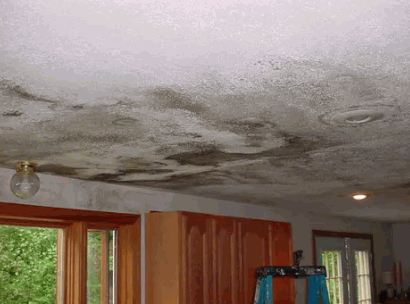
What Are The Different Types Of Damp Proofing Treatment?
Various types of damp-proofing treatment include:
- Damp-proof course installation involves creating a barrier within the structure to prevent moisture from rising.
- Damp-proof membrane application, which utilizes a waterproof barrier to protect against dampness.
- Chemical damp proofing uses a chemical solution to form a moisture-resistant barrier.
- Injection damp proofing involves injecting chemicals into walls to create a damp-proof barrier.
Each method offers unique benefits, such as preventing decay of building materials, reducing the risk of mold growth, and maintaining a healthy indoor environment.
Damp Proof Course
A damp proof course is a fundamental component for building preservation, as it effectively prevents moisture ingress and supports compliance with building regulations and maintenance standards.
By creating a barrier against rising damp and water penetration, damp-proof courses not only protect the structural integrity of buildings but also contribute to the overall health and safety of occupants. Damp-proof courses play a crucial role in mitigating the risk of mold and mildew, which can significantly impact indoor air quality and pose potential health hazards.
In addition, integrating damp-proof courses into construction projects ensures adherence to industry standards, thereby enhancing the longevity and sustainability of buildings.
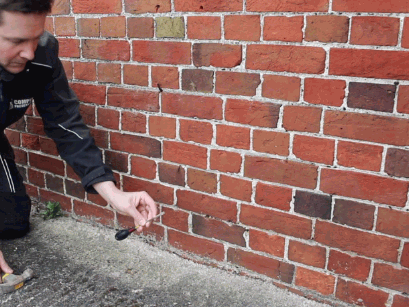
Damp Proof Membrane
Utilizing a damp-proof membrane is a common practice in the construction industry, especially for basement waterproofing, to create an impermeable barrier that safeguards building materials from moisture infiltration.
It is crucial to prevent water from seeping into the basement, as moisture can lead to mold, mildew, and structural damage. The application of a damp-proof membrane not only protects the structural integrity of the building but also provides a healthier indoor environment by reducing the risk of damp-related health issues.
This membrane also serves as a protective layer for various building materials, such as concrete, wood, and insulation, ensuring their longevity and performance.
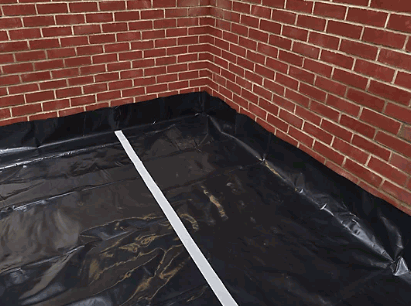
Electro Osmosis Damp Proofing
Electroosmosis damp proofing is an innovative method that utilizes moisture barriers and electrical principles to safeguard building foundations and provide effective concrete waterproofing solutions.
It involves the insertion of anodes and cathodes into the structure, creating an electrical field that redirects moisture away from the foundation. This proactive approach not only prevents dampness and mold growth but also strengthens the concrete, prolonging its lifespan. By integrating this technique with traditional waterproofing methods, such as membranes and coatings, electro-osmosis damp proofing offers a comprehensive solution for protecting buildings from water damage and maintaining structural integrity.
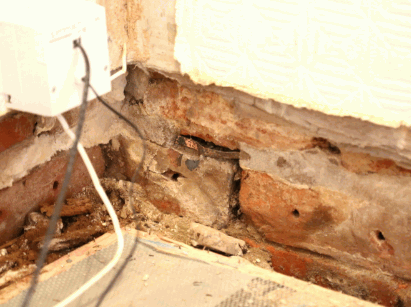
Chemical Damp Proofing
Chemical damp proofing involves the application of specialized compounds for masonry waterproofing and surface sealing, often carried out by skilled damp proofing specialists to ensure comprehensive protection.
These compounds are designed to penetrate the structure of the masonry, forming a barrier against moisture ingress. Damp proofing specialists utilize their expertise to assess the specific needs of the building, identifying vulnerable areas and implementing targeted treatment strategies. By addressing the root cause of dampness, chemical dampproofing helps to safeguard the structural integrity and longevity of the building while creating a healthier indoor environment for occupants. It is a vital aspect of maintaining and preserving the value of properties, particularly in regions prone to high humidity or heavy rainfall.
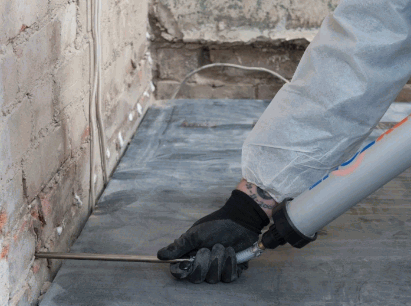
Injection Damp Proofing
Injection dampproofing is commonly employed in building renovation and property maintenance to address issues such as rising dampness, utilizing targeted injections to create an effective moisture barrier.
This method involves injecting a specialized damp-proofing solution into the affected areas, creating a barrier that prevents moisture from penetrating the walls. By targeting the source of the issue directly, injection dampproofing effectively mitigates the damaging effects of rising dampness, preserving the structural integrity of the building.
This process is known for its long-lasting results and minimal disruption to the property, making it a popular choice for property owners seeking an efficient and reliable solution to damp-related problems.
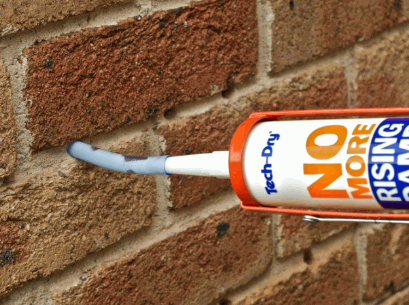
What Are The Steps Involved In Damp Proofing Treatment?
The process of damp proofing treatment encompasses several key steps, including:
- Inspection and assessment
- Identifying the appropriate treatment method
- Ongoing monitoring and maintenance
Initially, a thorough inspection and assessment of the affected areas is crucial to determine the extent and cause of dampness. Once the issues are identified, selecting the appropriate treatment method becomes essential, whether it be through the application of damp-proof membranes, chemical injections, or other suitable solutions.
Ongoing monitoring and maintenance play a vital role in ensuring the long-term effectiveness of the damp-proofing treatment, preventing any recurrence of dampness, and maintaining the structural integrity of the building.
Inspection and Assessment
The initial phase of damp proofing treatment involves thorough inspection and assessment, often carried out by qualified building inspectors and surveyors to identify the extent of moisture issues and potential solutions.
This meticulous examination allows professionals to pinpoint areas of concern, such as rising damp, penetrating damp, or condensation, and develop tailored strategies for remediation. Building inspectors and surveyors play a crucial role in evaluating structural integrity, identifying potential sources of damp ingress, and proposing effective mitigation measures. Through their expertise, property owners can address damp problems comprehensively, ensuring the longevity and habitability of the building.
Their assessments are instrumental in implementing appropriate damp proofing measures that protect against future moisture-related damage and maintain a healthy indoor environment.
Identifying The Source Of Dampness
Identifying the source of dampness is crucial for building preservation and property maintenance, as it allows for targeted solutions to address the root causes of moisture infiltration.
This proactive approach not only ensures the structural integrity of the building but also safeguards its inhabitants from potential health hazards associated with mold and mildew. By pinpointing the areas of moisture intrusion, such as roof leaks, plumbing issues, or inadequate ventilation, property owners can implement strategic interventions to prevent long-term damage and degradation.
Understanding the source of dampness is integral in implementing effective waterproofing measures and sustaining the longevity of the property.
Choosing The Appropriate Treatment Method
Selecting the most suitable treatment method is vital in the construction industry and building maintenance, ensuring the application of effective damp-proofing solutions tailored to specific moisture challenges.
It is imperative to recognize the diverse nature of moisture-related issues that can arise in construction projects, including water ingress, rising dampness, and condensation. Each of these demands a unique approach, considering factors such as the building materials, environmental conditions, and the severity of the moisture problem. Employing the right treatment method not only safeguards the structural integrity of buildings but also promotes a healthier indoor environment. This underscores the significance of strategic decision-making when it comes to damp-proofing solutions within the construction and maintenance sectors.
Preparing The Affected Area
Preparing the affected area for damp-proofing treatment involves necessary building repairs and property renovation to create an optimal environment for the application of moisture control measures.
It is crucial to address any structural issues that may be contributing to the dampness, such as damaged gutters, leaking pipes, or cracks in the walls. These repairs not only help in preventing future moisture intrusion but also ensure the effectiveness of the damp-proofing treatment.
Property renovation may involve improving ventilation, reducing humidity levels, and implementing proper drainage systems to further safeguard the building against damp-related problems.
Applying The Damp Proofing Treatment
The application of damp proofing treatment involves meticulous execution and surface sealing, contributing to building refurbishment and property upgrades that enhance moisture resistance.
This process typically begins with a thorough assessment of the affected areas to identify the root cause of dampness, allowing for targeted treatment application. Common techniques include the use of waterproof membranes, chemical injections, or damp-resistant coatings to prevent the ingress of moisture. By addressing damp issues, the treatment not only safeguards the structural integrity of the building but also creates a healthier indoor environment by mitigating the risk of mold growth and related health concerns.
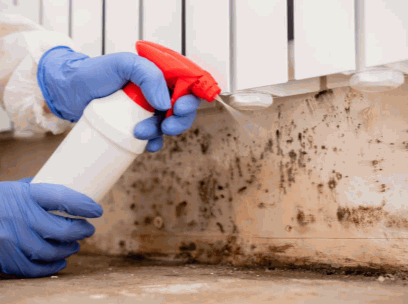
Monitoring And Maintenance
Ongoing monitoring and maintenance are essential for sustaining building efficiency, mold prevention, and effective property maintenance following the application of damp-proofing treatment.
Regular checks and maintenance play a crucial role in ensuring that the damp-proofing treatment continues to function optimally. This helps in identifying any potential issues early on, preventing further damage and expensive repairs. Proactive maintenance not only safeguards the property from structural deterioration but also contributes to a healthier living environment by minimizing the risk of mold growth.
By incorporating regular inspections and small repairs, property owners can prolong the effectiveness of the damp proofing, ultimately saving time and money in the long run.
How Can You Tell If Damp Proofing Treatment Is Needed?
Indications such as persistent condensation, elevated damp-proofing costs, and ongoing mold prevention efforts could signal the need for professional assessment and potential damp-proofing treatment.
Condensation on windows and walls, especially if it's a recurring issue, may suggest underlying damp problems. High dampproofing costs could indicate the need for more than just surface-level remedies.
If mold keeps reappearing despite regular cleaning, this could be a sign of deeper issues that require professional attention. Taking these signs into consideration can help homeowners address damp problems proactively, potentially saving them from extensive damage and expenses down the line.
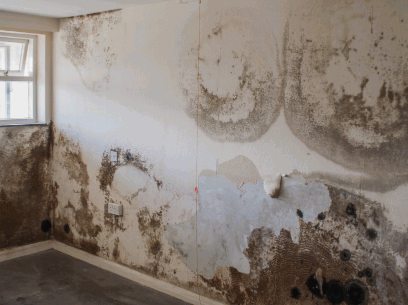
What Are The Benefits Of Damp Proofing Treatment?
Damp-proofing treatment offers multifaceted benefits, including enhanced building protection, improved property maintenance, and sustained structural integrity within the construction industry.
It plays a crucial role in preventing the damaging effects of moisture, such as mold, mildew, and rot, which can compromise the integrity of the building. By implementing damp-proofing measures, property owners can significantly reduce the risk of structural deterioration and related repair costs. This treatment contributes to a healthier environment by mitigating potential health hazards associated with damp conditions, ensuring the longevity and safety of the structure.
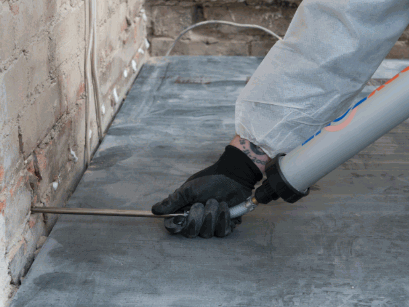
Prevents Structural Damage
One of the key benefits of damp proofing treatment is its ability to prevent potential structural damage, contributing to building preservation, safety, and long-term durability.
It acts as a protective barrier against moisture, which can otherwise lead to issues such as mold growth, decaying wood, and corrosion of metal elements within the structure. By mitigating the harmful effects of dampness, dampproofing helps maintain the structural integrity of buildings, safeguarding occupants from potential health hazards, and prolonging the lifespan of construction materials. This preventive measure plays a crucial role in mitigating risks associated with water ingress, thereby promoting a sustainable and resilient built environment.
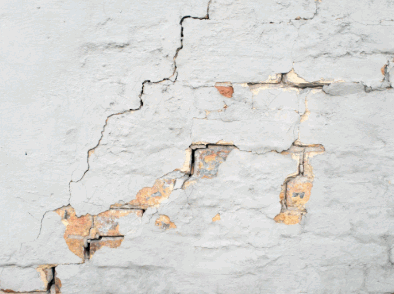
Improves Indoor Air Quality
Damp-proofing treatment plays a vital role in improving indoor air quality by effectively managing moisture levels, contributing to property preservation, and enhancing building efficiency.
This treatment creates a protective barrier against moisture ingress, reducing the risk of mold and mildew growth, which can compromise air quality and pose health risks. By preventing dampness, it safeguards the structural integrity of buildings and minimizes the need for costly repairs, thus supporting sustainable property preservation.
As moisture control is essential for building efficiency, damp-proofing treatment helps maintain a comfortable and healthy indoor environment while lowering energy consumption and enhancing overall operational performance.
Increases Property Value
An additional benefit of damp-proofing treatment is its potential to increase property value, reflecting the positive impact on property maintenance, renovation, and refurbishment efforts.
This enhancement not only safeguards the property infrastructure but also alleviates concerns related to structural integrity, mold, and decay. By addressing moisture issues, damp-proofing treatments contribute to maintaining a healthy living environment and can prevent potentially costly repairs. A property with a reliable damp-proofing system is more appealing to potential buyers, positioning it as a sound investment and increasing its market desirability and ultimately its value.
